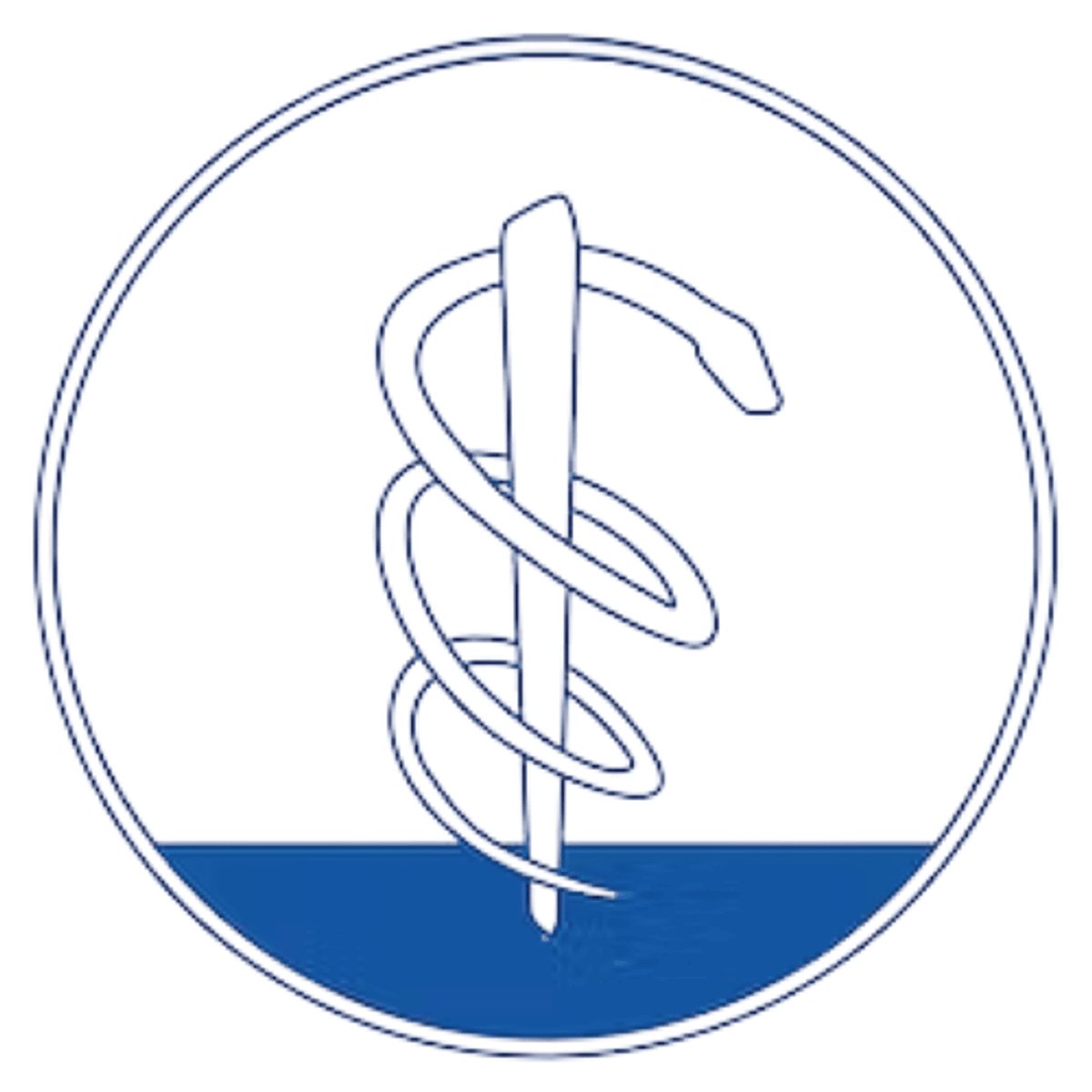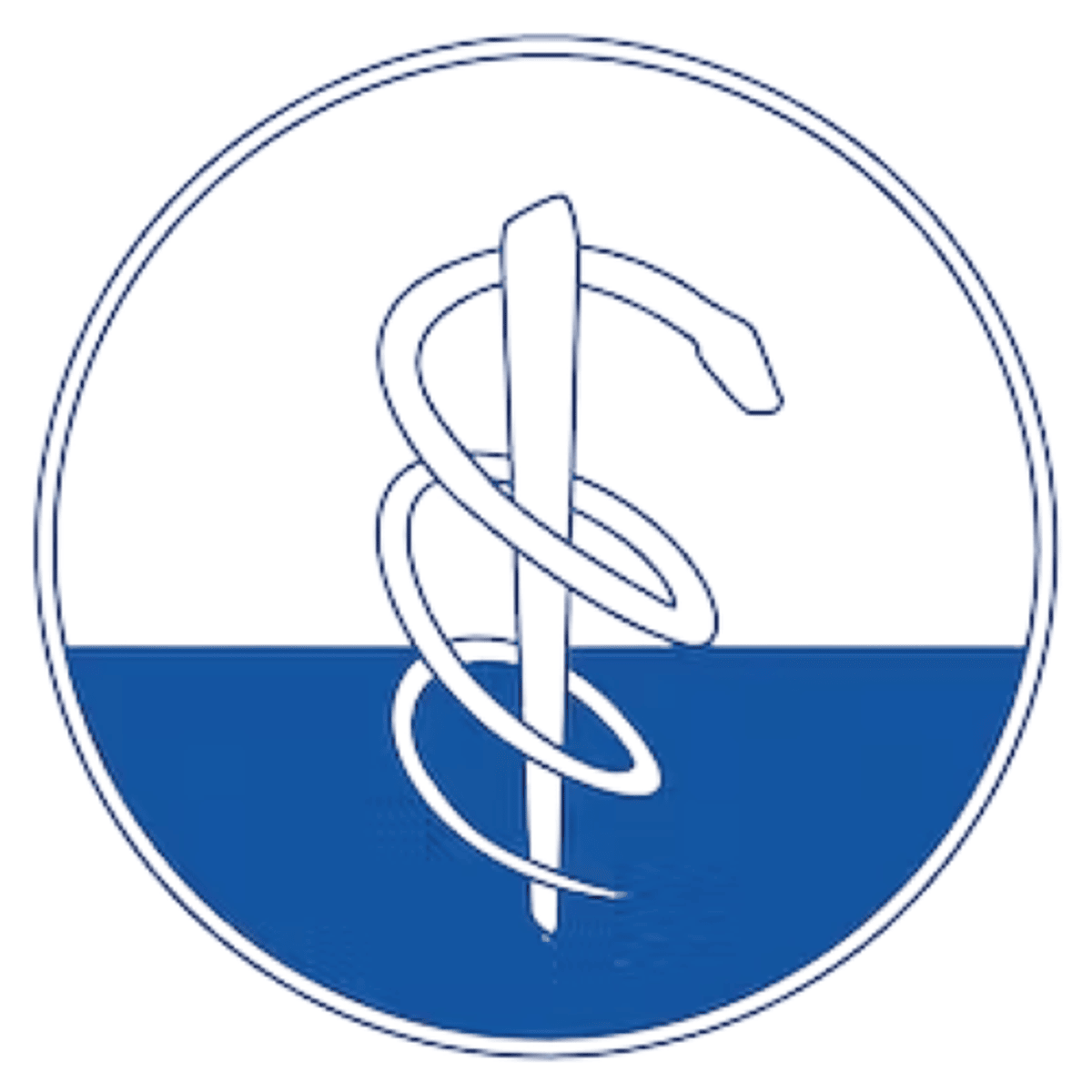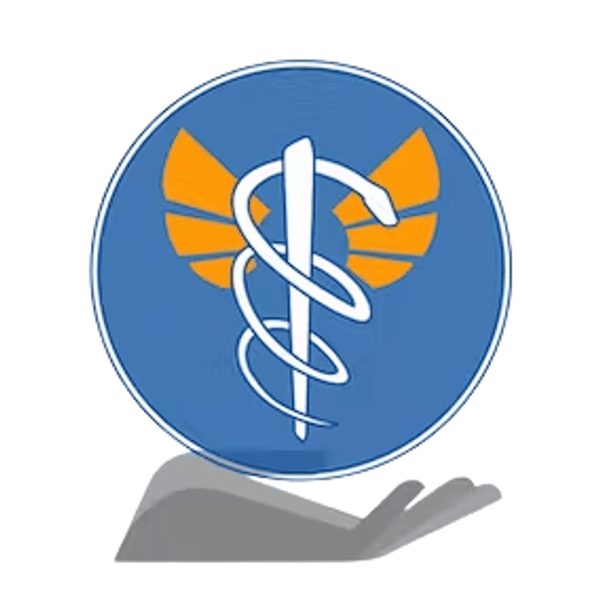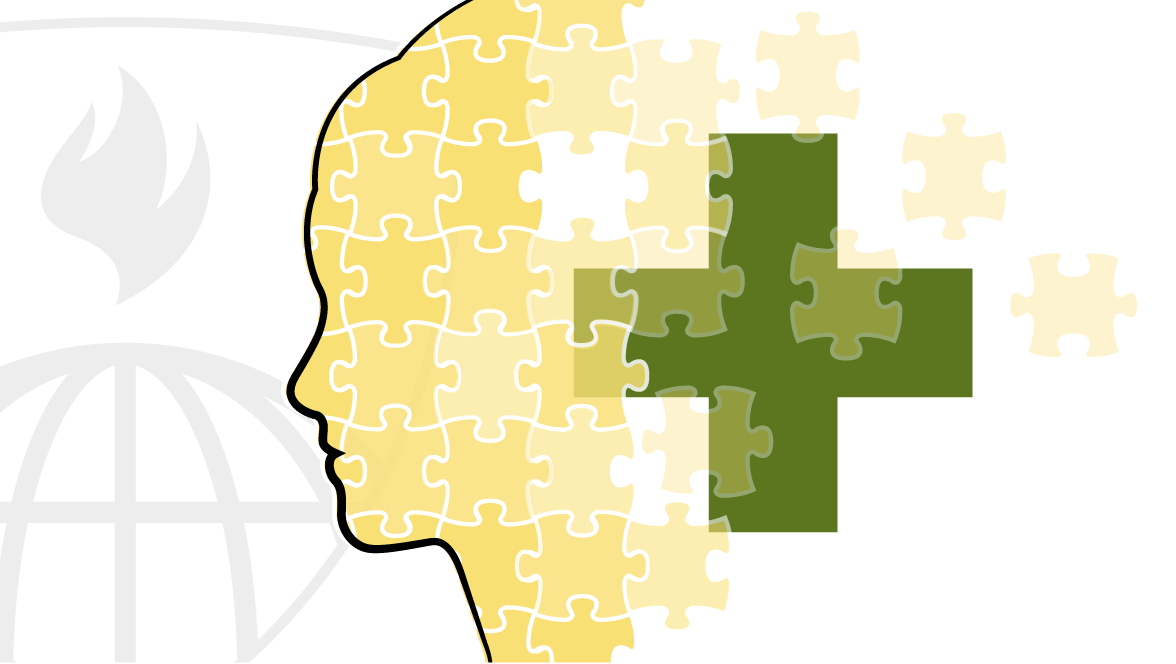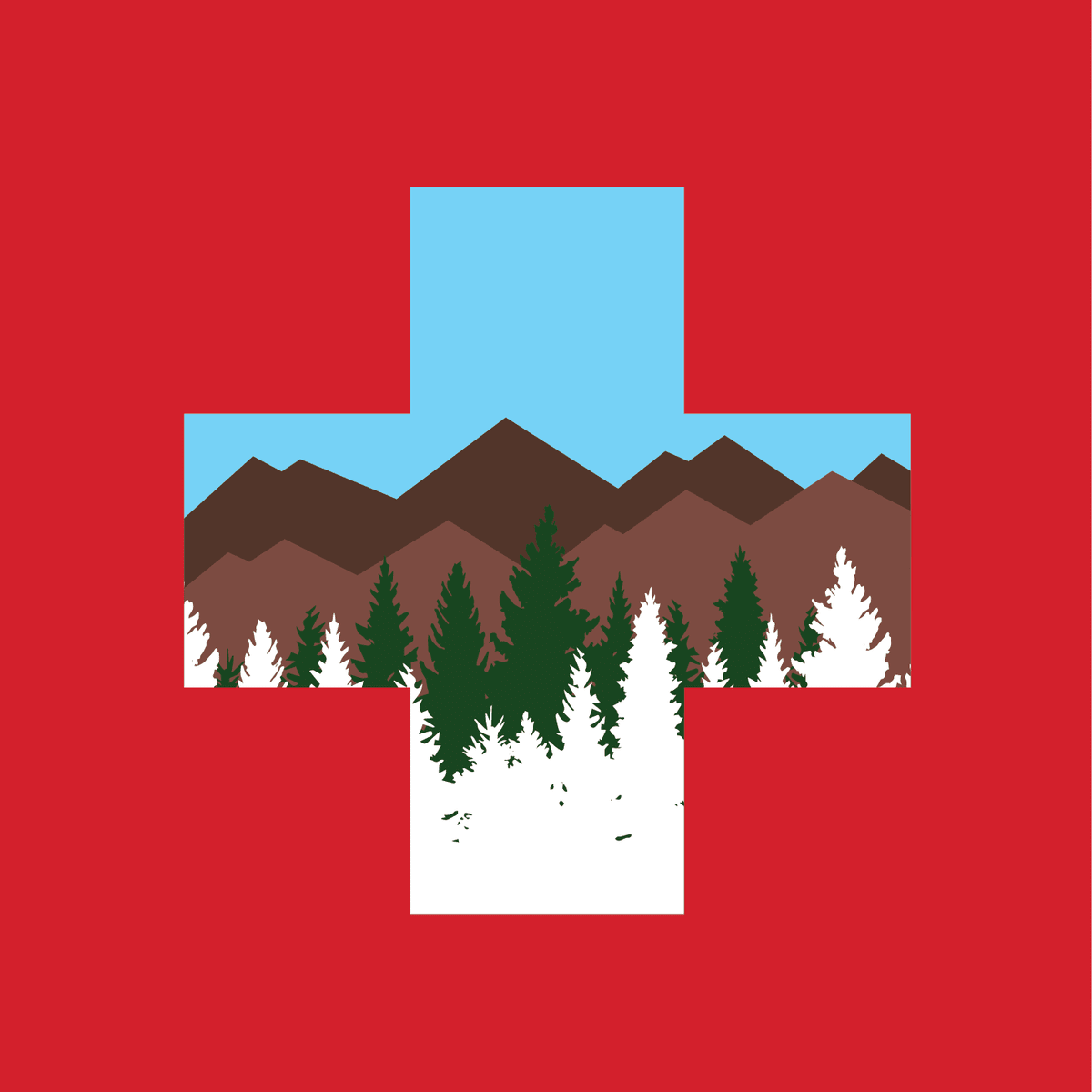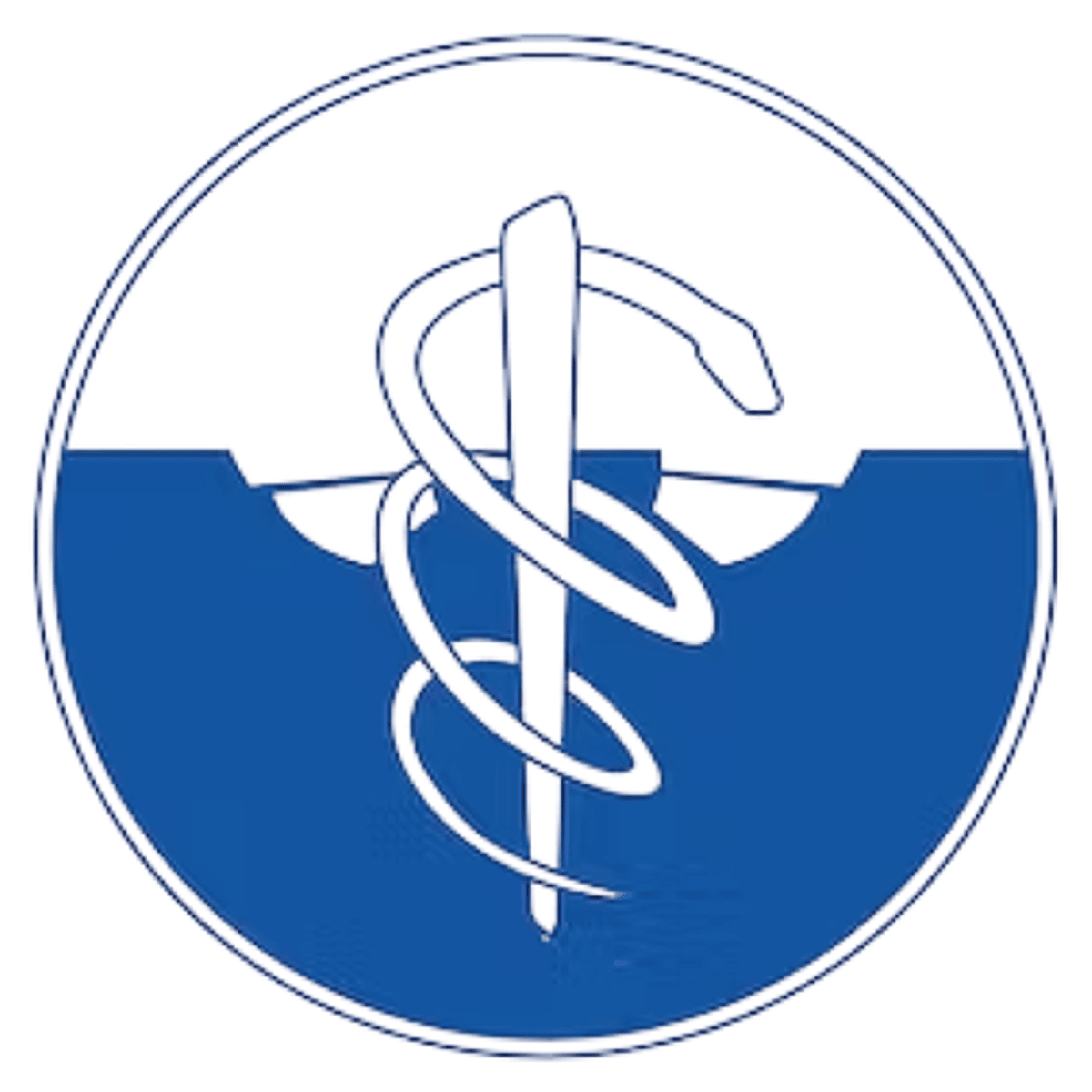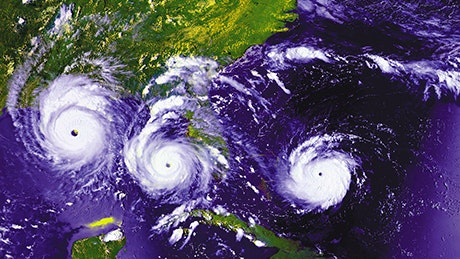"The difference between life and death can often be measured in minutes. Preparation bridges that gap." - Dr. Paul Auerbach, Wilderness Medicine Pioneer
Emergencies can happen anywhere, at any time. Whether you're at home, in the workplace, or enjoying outdoor activities, having the knowledge and confidence to respond effectively can make all the difference.
Thanks to modern technology and innovative learning platforms, acquiring these crucial skills has never been more accessible.

Why Online First Aid Training Matters
The traditional approach to first aid training often involved scheduling in-person classes, taking time off work, and traveling to training centers. While hands-on practice remains valuable, online first aid courses have revolutionized how we learn these essential skills. They offer flexible scheduling, comprehensive content, and the ability to review material as needed – perfect for busy professionals, parents, and community members who want to be prepared for emergencies.
The Reality of Emergencies
Medical emergencies rarely occur in convenient locations or times. A cardiac arrest might happen in a remote hiking trail, a severe allergic reaction could occur in a small restaurant without medical staff, or a child might need immediate assistance at a neighborhood park. In these crucial moments, waiting for professional help isn't always an option. The average emergency response time in urban areas ranges from 8 to 14 minutes – and can be significantly longer in rural locations. During these critical minutes, having some knowledge of first aid can make the difference between life and death.
Complementing In-Person Training
While online courses shouldn't completely replace hands-on training, they serve as an invaluable complement to traditional first aid education. The ideal approach is a blended learning model:
- Use online courses to learn and understand theoretical concepts
- Attend in-person sessions for practical skills development
- Return to online materials for regular review and updates
- Combine both methods to maintain certification requirements
Something is Better Than Nothing
Many people avoid first aid training altogether, feeling intimidated by the responsibility or thinking they need to be perfect to help. However, studies have shown that even basic knowledge of first aid principles can improve outcomes in emergency situations. Online courses provide an accessible entry point for those who might otherwise never seek training. They help build:
- Basic understanding of emergency situations
- Confidence in taking initial action
- Knowledge of what not to do (preventing further harm)
- Awareness of when to call for professional help
Keeping Skills Current
First aid protocols and best practices continuously evolve as medical science advances. Online courses have become an essential tool for staying current with these changes.
Through digital platforms, learners can access regular updates that reflect the latest guidelines and recommendations from medical authorities. These courses typically include comprehensive refresher modules for specific skills, ensuring that knowledge remains fresh and current.
Additionally, interactive scenarios allow learners to practice their decision-making skills in a safe environment, helping maintain readiness for real-world situations.
Building Confidence Through Knowledge
One of the most significant barriers preventing people from providing emergency assistance is the fear of making mistakes. This hesitation can have serious consequences in critical situations where immediate action is necessary. Online courses help address this fear by providing a comprehensive understanding of emergency response.
Through clear, step-by-step instruction and unlimited opportunities to review crucial concepts, learners can build genuine confidence in their abilities. These courses also help demystify emergency response by explaining common mistakes and how to avoid them.
Importantly, they educate learners about Good Samaritan laws and legal protections, helping alleviate concerns about legal liability when providing emergency assistance. This combination of knowledge and understanding helps transform nervous bystanders into confident first responders.
Cost-Effective Preparation
While hands-on training remains essential for certain certifications, online courses provide a remarkably cost-effective approach to first aid education. These digital resources serve as excellent preparation for in-person training sessions, helping learners arrive with a strong theoretical foundation that maximizes the value of hands-on practice.
Organizations find particular value in online training, as they can efficiently train multiple team members while maintaining consistent quality of instruction. For individuals, these courses offer an affordable way to maintain knowledge between recertification periods and share basic first aid concepts with family members.
The flexibility of online learning also makes it possible to access specialized knowledge for specific situations without the expense of dedicated in-person training sessions. This accessibility has made quality first aid education available to a much broader audience than ever before, contributing to safer communities and workplaces.
Essential First Aid Skills and Training Pathways
Basic Life Support and Emergency Response
Every journey into first aid begins with mastering the fundamental skills that can save lives in critical moments. Basic Life Support (BLS) forms the foundation of emergency response, teaching vital techniques for maintaining life until professional help arrives. These skills include chest compressions, rescue breathing, and proper use of automated external defibrillators (AEDs). Equally important is learning to recognize and respond to choking emergencies and managing severe bleeding – situations where immediate action can prevent tragedy.
Mental Health First Aid
Mental health emergencies require a different but equally important set of skills compared to physical first aid. Understanding how to recognize and respond to psychological distress, panic attacks, and acute anxiety can be crucial in preventing escalation and ensuring individuals receive appropriate care. Mental health first aid teaches responders to provide initial support while maintaining dignity and respect for those in crisis.
Pediatric Emergency Care
Children are not simply small adults – they require specialized approaches to first aid care. From choking hazards to specific CPR techniques, pediatric first aid addresses the unique needs of infants and children. Parents, teachers, and childcare providers particularly benefit from understanding these specialized protocols and emergency response techniques.
Wilderness and Remote Emergency Care
When help is hours away rather than minutes, first aid protocols must adapt. Wilderness first aid teaches modified techniques for when evacuation is delayed and resources are limited. This specialized knowledge is essential for outdoor enthusiasts, adventure guides, and anyone who ventures into remote areas.
Professional and Workplace Response
Workplace emergencies present unique challenges, often requiring coordination with safety protocols and emergency response systems. Understanding how to integrate first aid with workplace safety procedures and disaster preparedness plans is crucial for creating safer work environments.
Specialized Care: Pet First Aid
Our animal companions also need emergency care, and the techniques differ significantly from human first aid. Understanding pet-specific emergency responses can be crucial for pet professionals and dedicated owners alike.
Building a Community of Preparedness
While individual knowledge is powerful, creating a network of prepared individuals exponentially increases a community's resilience in times of crisis.
Starting with Family
The foundation of community preparedness begins at home. Family members are often the first responders in household emergencies, making it crucial to ensure everyone understands basic emergency procedures.
Parents can make emergency preparedness an engaging family activity by creating age-appropriate emergency scenarios and practicing responses together.
For young children, this might involve teaching them how to call emergency services or identifying safe meeting spots. Teenagers can learn CPR and basic first aid, potentially inspiring them to pursue further training.
Family emergency plans should be clear, accessible, and regularly reviewed. Post emergency contact numbers prominently, maintain well-stocked first aid kits in key locations, and ensure everyone knows where to find them. Regular family discussions about emergency preparedness help normalize these conversations and reduce anxiety about potential crises.
Workplace Readiness
The average person spends a third of their life at work, making workplace preparedness crucial. Beyond meeting basic regulatory requirements, organizations can create a culture of safety and preparedness by establishing emergency response teams and encouraging employees to obtain first aid certification.
Workplace preparedness initiatives might include:
- Monthly safety meetings that include first aid refreshers
- Creating department-specific emergency response plans
- Maintaining updated emergency contact lists
- Regular equipment checks and supply restocking
- Cross-training employees in various emergency response roles
Neighborhood Networks
Strong neighborhoods are resilient neighborhoods. Community-based emergency response networks can significantly reduce response times and improve outcomes during crises. Start by identifying neighbors with medical or emergency response backgrounds who might be willing to serve as resource persons.
Create a neighborhood directory noting specific skills or resources that could be valuable in emergencies – such as medical training, equipment, or language skills.
Consider organizing neighborhood emergency preparedness events:
- Community first aid training sessions
- Disaster preparedness workshops
- Emergency equipment demonstrations
- Regular practice drills
- Seasonal safety checks for elderly or vulnerable neighbors
Educational Institutions
Schools, universities, and community centers play a vital role in building prepared communities. These institutions can integrate emergency preparedness into their regular programming, ensuring that knowledge passes through generations. Partner with local emergency services to provide demonstrations, organize health fairs that include first aid training, and create student emergency response teams.
Digital Communities
In today's connected world, online communities can significantly enhance local preparedness efforts. Create digital networks through neighborhood apps or social media groups to:
- Share emergency updates and alerts
- Coordinate response efforts during emergencies
- Exchange resources and information
- Organize training opportunities
- Maintain emergency contact lists
Prevention Through Community Awareness
A prepared community is also a preventive force. When community members are trained to recognize potential hazards and understand emergency protocols, they can often prevent emergencies before they occur. This might involve:
Conducting regular safety walks to identify potential hazards in public spaces. Organizing community clean-up events to remove dangerous debris or materials. Creating systems to check on vulnerable community members during extreme weather events. Sharing seasonal safety tips and updates about local emergency resources.
Sustainable Preparedness
Building a prepared community is not a one-time effort but an ongoing commitment. Communities should establish regular rhythms of:
Quarterly review and updates of emergency contact lists and resources. Annual community-wide emergency response drills. Regular rotation of emergency supplies to prevent expiration. Ongoing recruitment and training of new community emergency response team members.
The Ripple Effect
When one person learns first aid, they can help others in an emergency. When a community learns first aid, they create a safety net that catches people before emergencies become catastrophes. The ripple effect of community preparedness extends beyond immediate emergency response – it builds stronger social bonds, increases community resilience, and creates a shared sense of responsibility for everyone's wellbeing.
Consider the impact: In a cardiac arrest, every minute without CPR reduces survival chances by 7-10%. In a community where multiple people know CPR, the likelihood of having a trained responder nearby increases dramatically. This same principle applies to all types of emergencies – the more prepared people in a community, the better the outcomes.
Moving Forward Together
Building a prepared community takes time, effort, and dedication, but the returns on this investment are immeasurable. Start small, but think big. Begin with your immediate circle and gradually expand your network of prepared individuals. Remember that every person trained, every plan made, and every connection formed strengthens the web of community safety.



